A wedding is a very important day in the life of every person. In order for everything to look beautiful and harmonious at the event, you should have a good understanding of wedding fabrics.
Types of fabrics
Wedding fabrics with relief patterns and ornaments have been very popular in the last few seasons. However, there are classic fabrics that are popular beyond time:
- Atlas. This is the simplest (due to its smoothness), but at the same time rich noble material. It is often used as a basis for a dress, because it withstands sewn-on beads and stones well without deforming. Atlas looks good in addition to other fabrics. Dresses for the cold season are often sewn from it, it looks great in any style. The disadvantage of the fabric is its density, satin products will be heavy to wear and are prone to wrinkling.
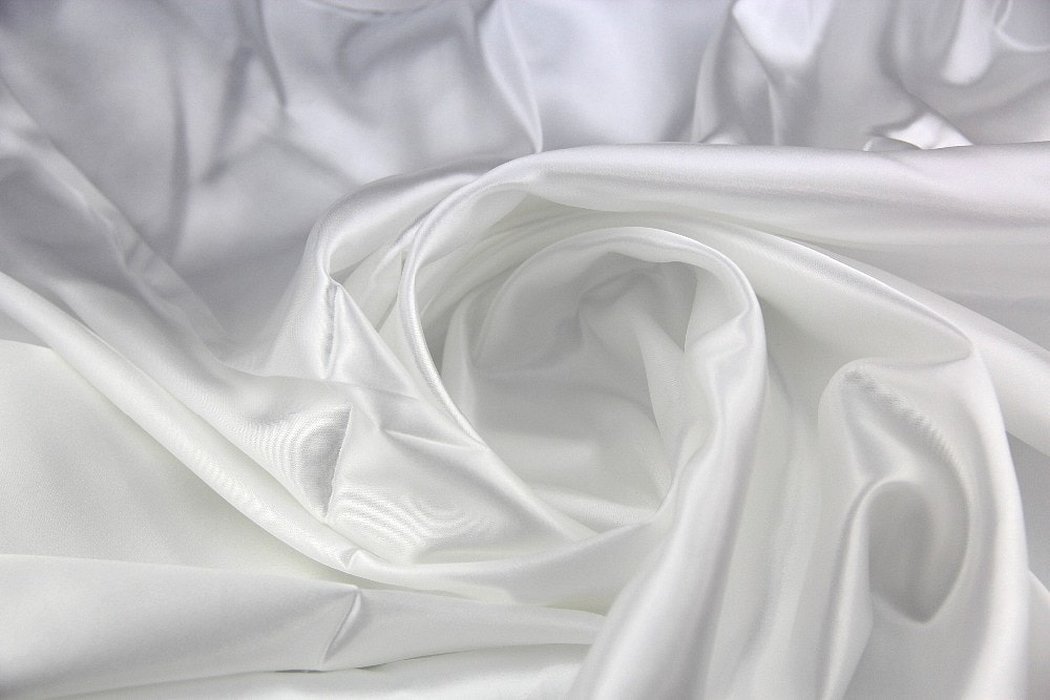
- Satin. Very similar in appearance to satin, but practically does not wrinkle. It can be both matte and shiny. Satin dresses with embroidery look advantageous.
- Silk. One of the most expensive materials. The best models of silk dresses are tight-fitting (mermaid or A-silhouette). Such products emphasize femininity, the main thing is to choose the right style. Silk is difficult to work with, so it can only be trusted to professionals. Due to the naturalness of the material, it wrinkles easily.
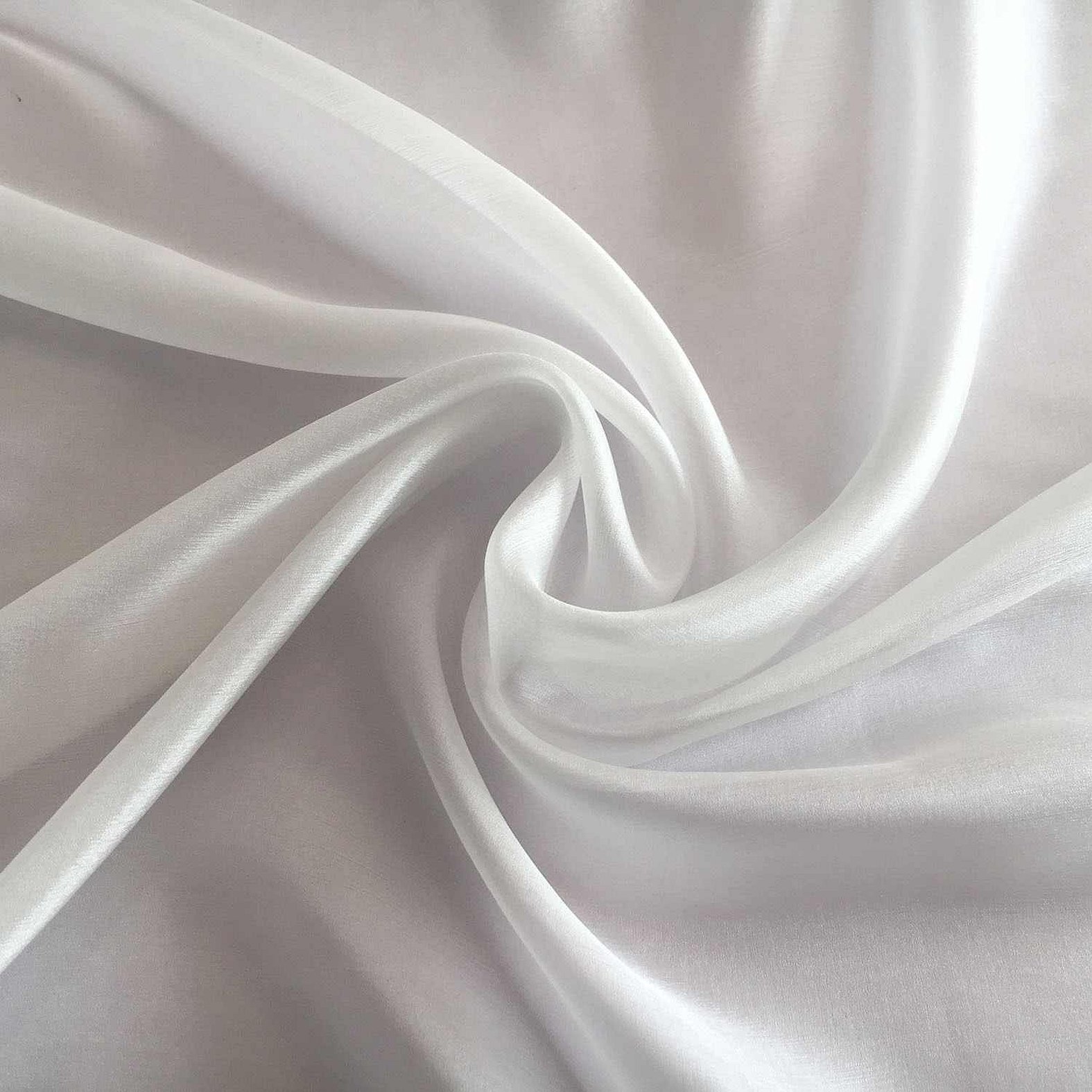
- Organza. This is a very thin, transparent, airy material. It shimmers beautifully in the sun, so it is often used to complement dresses. You can find matte organza on the market. A noble, expensive material that adds splendor and lightness to a dress.
- Chiffon. A translucent fabric used to create a romantic, airy look. It is used to make beautiful flowing dresses. It is often used in drapery, for finishing bodices, veils, etc. Such dresses are very comfortable.
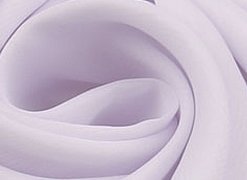
- Tulle. A mesh material used to sew skirts on wedding dresses and veils. The easiest fabric to work with, it does not require edge finishing. The famous Vera Wang actively uses this type in her collections.
- Lace. The most delicate material, especially if it is made by hand rather than by machine. Almost no dress can do without it. Lace is used to complement dresses, make sleeves from it, or even sew a whole garment. Lace comes in absolutely different colors.
- Crepe. A wrinkle-resistant fabric that is often combined with lace. It looks smooth and elegant. There is a wide range of crepe on the market, it can be natural or artificial, and of different densities.

- Brocade. A material that uniquely emphasizes luxury. It is produced in gold and silver shades, and contains an admixture of silk threads. Winter dresses are often made from brocade.
- Taffeta. It looks like satin, but it doesn't wrinkle and is much lighter. It is used to sew completely different outfits, taffeta holds its shape well, so it is especially relevant for models with ruffles. Taffeta can be bought inexpensively. It can be combined with tide elements, tulle or silk.
- Crinoline. A stiff but pleasant to the touch material, which is mainly used for petticoats for puffy dresses. Due to it, they hold their shape well and the puffiness does not fall off.
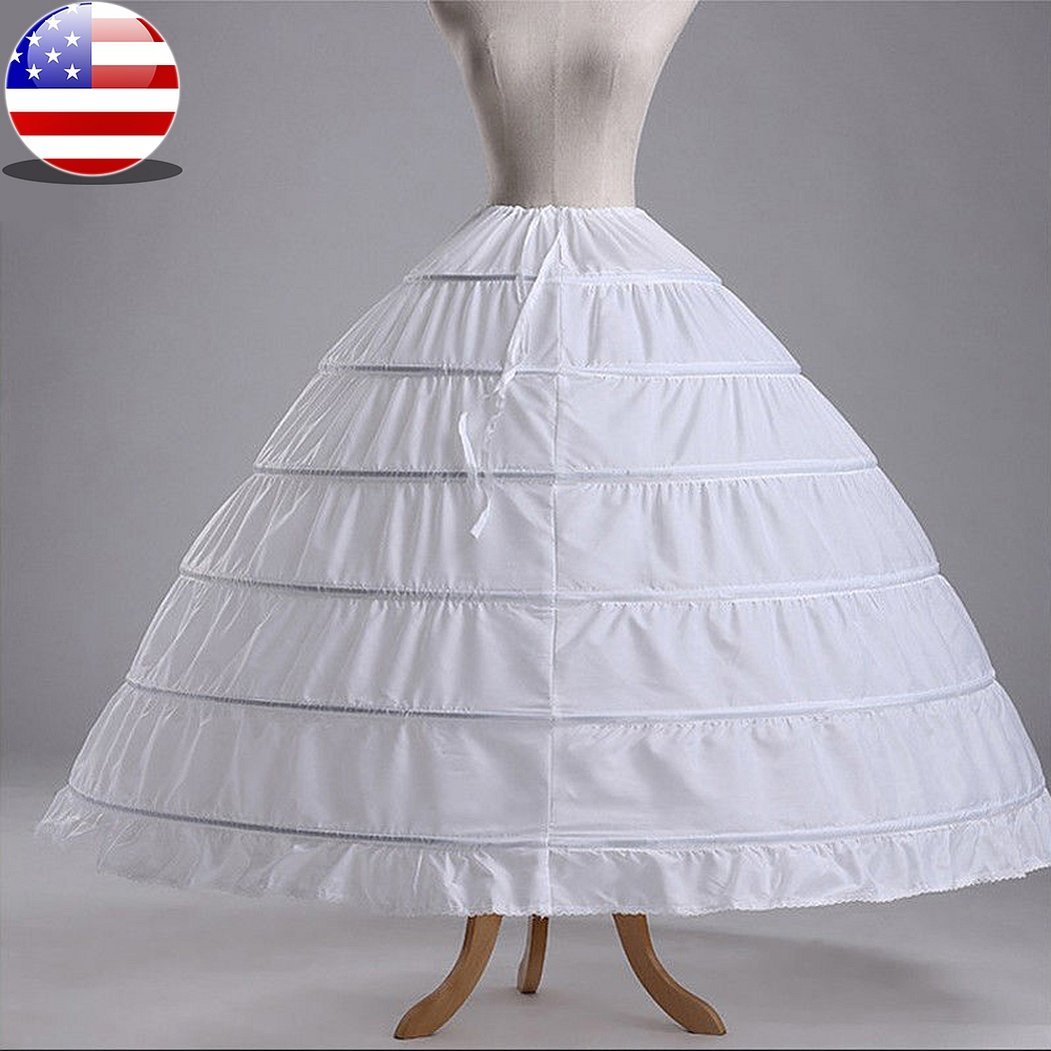
How to choose the right wedding fabric
Choosing the material for a wedding dress is a very important step. In order for the product to turn out the way you wanted it to be and not disappoint, you should pay attention to some features:
- Breathability. This is very important for any product. The body should receive air and not sweat under a large number of layers in the dress.
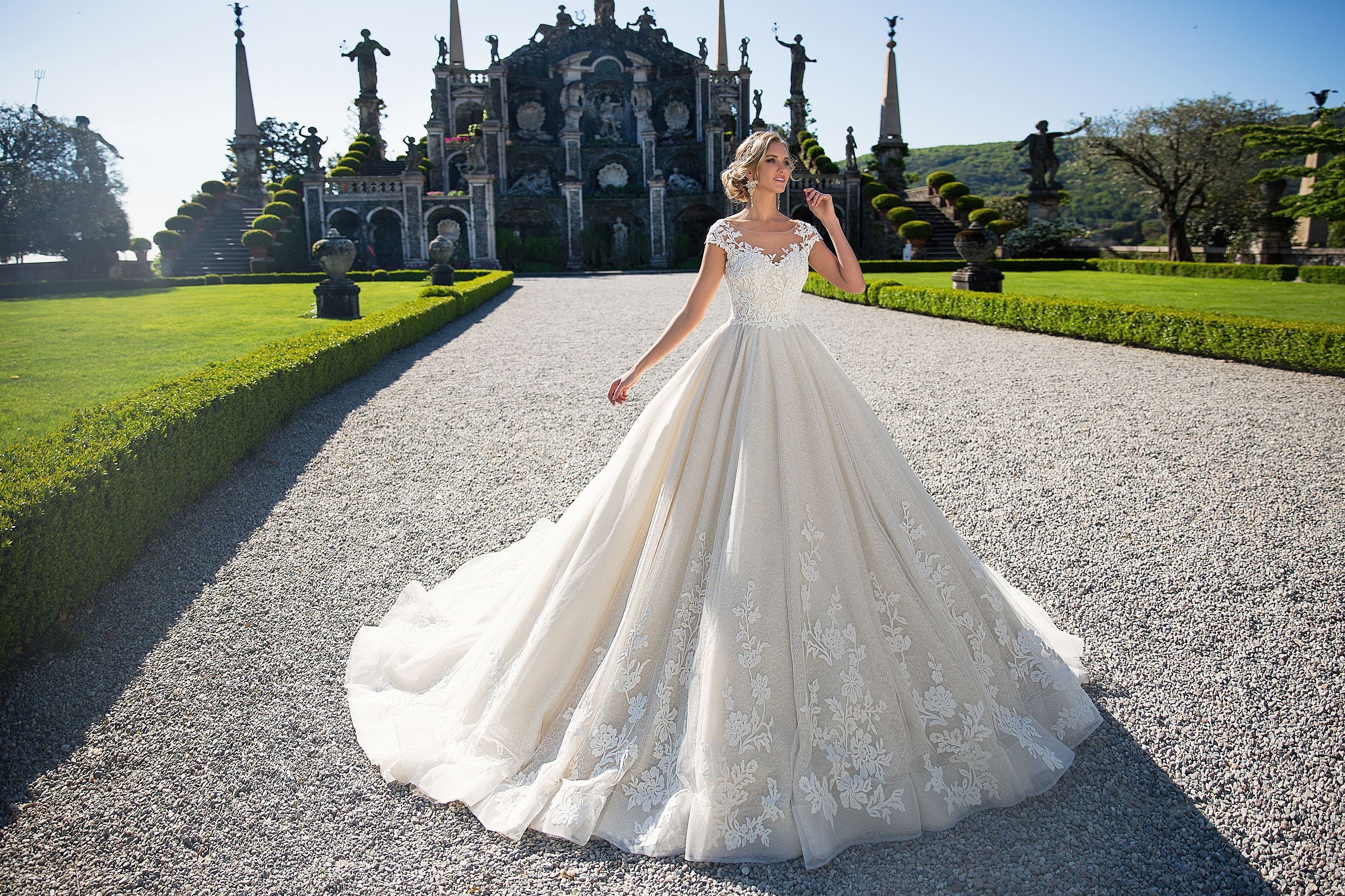
- Elasticity. A wedding is not only a heartfelt celebration, but also an active one in terms of dancing, competitions, photo sessions. Therefore, the dress should be elastic so that it does not tear under any circumstances. In addition, movements should not be constrained.
- Wrinkle resistance. In order for the outfit to look decent all day long, including at the photo shoot, it is necessary to pay attention to this property.
- Seasonality. For summer, it is better to choose thin, airy fabrics, and for cold weather, strict, heavy ones will look good.
- Style. The choice of fabric directly depends on the style of the future dress. For example, an elegant flowing dress will not work from brocade.

- Figure. Many wedding fabrics have the property of adding centimeters in volume, so it is important to take this fact into account in order to look good.
- Consumption: Depending on the desired effect or requirement to match the pattern, a large amount of fabric may be required.
Selecting fabric depending on your body type
The style of a well-chosen dress directly depends on the type of a woman's figure. Based on this, fabrics for wedding dresses should be selected according to the figure:
- Hourglass. An almost ideal figure that will suit any dress style. Accordingly, you can safely take the type of fabric you like. Greek dresses look beautiful and elegant, and godet items will make the image unique and inimitable.
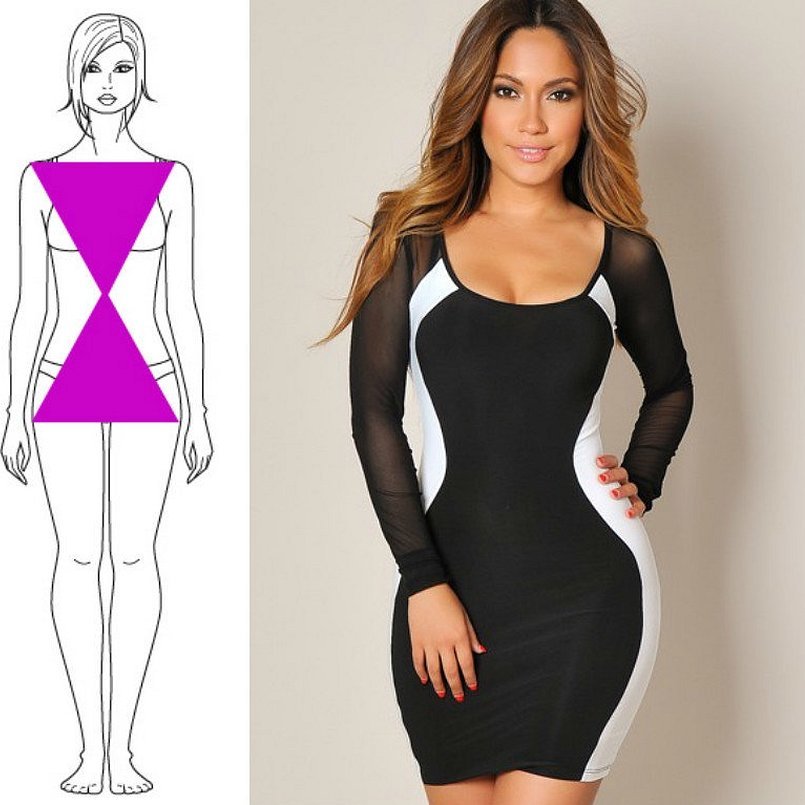
- Pear. It is best to choose light fabrics for this figure. A dress in the Greek style or A-line will fit well. They will advantageously emphasize the waist, but at the same time hide the hips.
- Apple. For such a figure, it is best to avoid tight fabrics, it is worth looking towards flowing ones. These dresses can add femininity and smooth lines. If you really want a fluffy dress, then you should pay attention to the presence of a corset. It is he who can visually create a waist.
- Rectangle. This figure is best suited for short wedding dresses, as girls with this figure usually have long, slender legs. The dress can be either tight or airy, so there are no special requirements for fabrics.
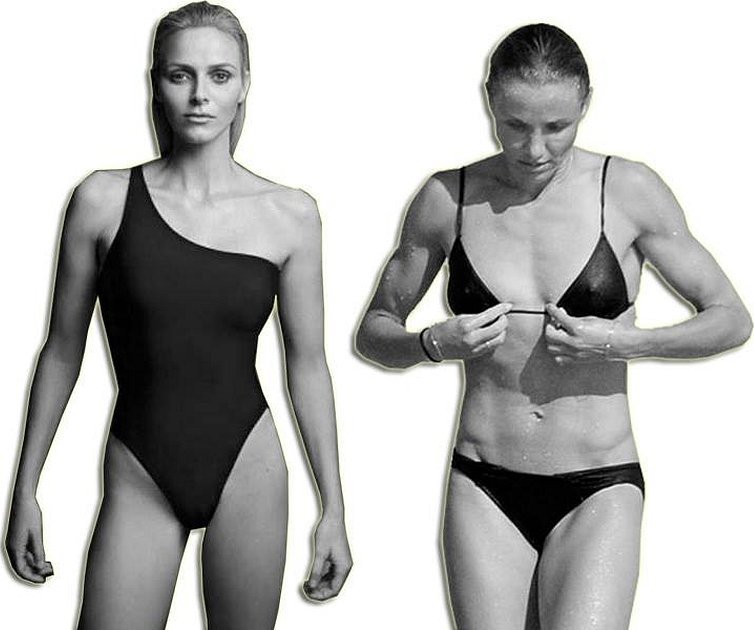
- Triangle. Here, without any confusion, the most successful choice would be an A-line dress made of tight fabrics on top to hide a wide chest and an airy bottom to add volume to the hips.
In general, not only wedding dresses, but any clothing should be selected according to these criteria.
How much fabric is needed for a wedding dress
When purchasing fabric for a wedding dress, it is important to decide in advance on the style of the model and decide what texture the dress will have.
If the dress is planned to be of a simple style without excessive puffiness, then you can take a piece of 1.5*2 meters.
To sew a fluffy dress you need at least 3 meters, and if you also plan on adding a train, you can add another 2 meters.
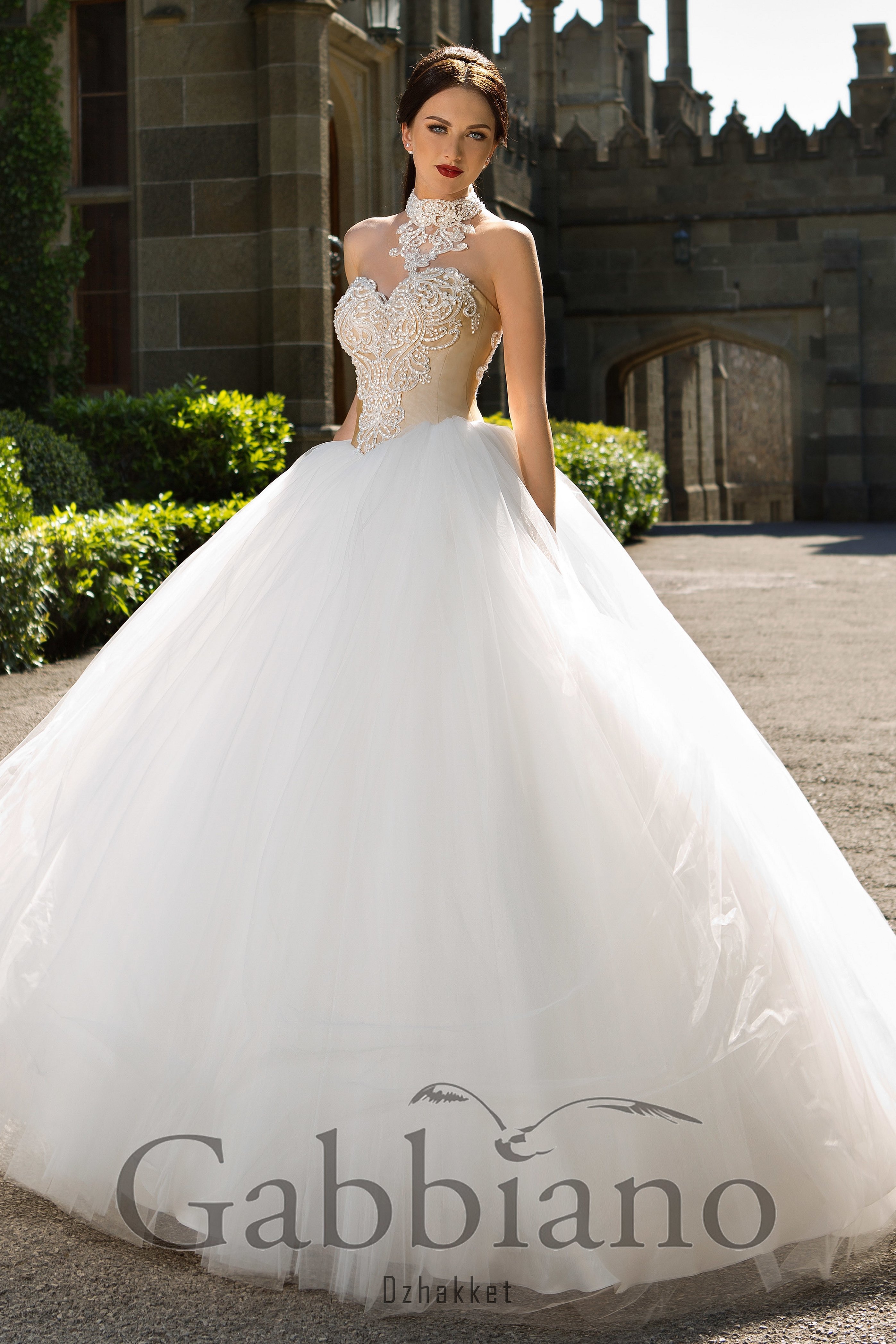
ImportantThe most correct approach when calculating fabric for a dress is to contact an experienced seamstress who will be able to calculate everything qualitatively and not make mistakes.
Decorating a hall with fabric: choosing materials
Those who have not yet encountered this issue often do not understand why fabric is needed in decor. But the answer is simple - it is used to decorate tables, chairs, arches, walls, etc.
Designers who have been decorating for many years insist that it is best to combine several types of fabrics at once to create a special festive atmosphere. The most commonly used fabrics for decor are:
- satin that drapes well;
- organza for creating frills and bows;
- chiffon is taken in addition to the main fabric;
- taffeta has an impressive shine and is often embroidered with sewn-on elements; it is used in those areas of the room where embroidery with stones would look appropriate;
- Lace is used for frills and creates a delicate atmosphere.
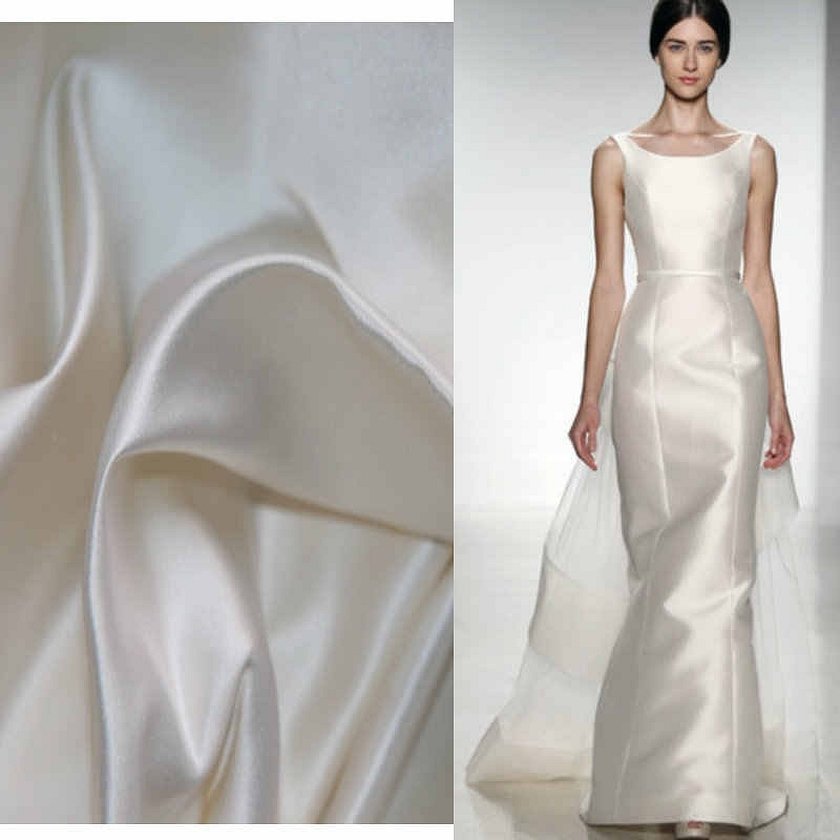
InterestingTo make the decor look more festive, it is often supplemented with fresh flowers, balloons, and ribbons.
The finishing touch - wedding table decor
One of the main elements that are decorated at a wedding is the tables. All guests pay attention to them and they create the entire atmosphere of the banquet hall. Before you start decorating, you should first decide what color the entire wedding will be. The color of the fabric must necessarily be in harmony with the general background, i.e. with the color of the walls in the establishment, including.
It is important to choose the right texture of fabric - it should be dense, not slide on the table, and hold its shape. Shiny tablecloths, velvet fabrics, and elegant lace have been in fashion for the last few seasons. Designers beautifully create multi-layered decors and combine colors.

Don't forget that you need to match the fabric of the tablecloth with the napkins, which should not blend in with the table, but should be in the same tone.
Every wedding requires the selection of fabric. If you approach it taking into account all the nuances described in the article, then it will not be difficult to do.




